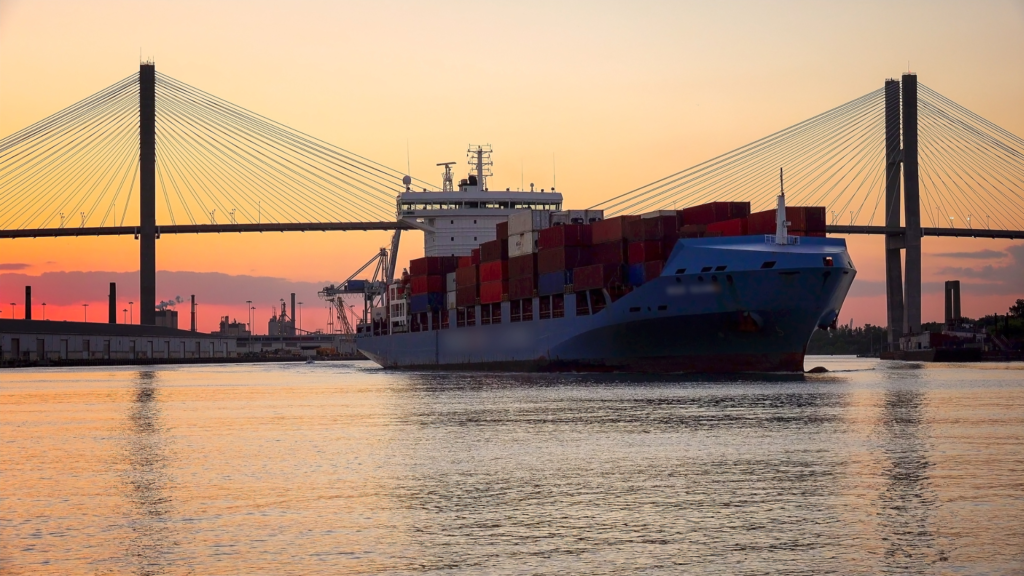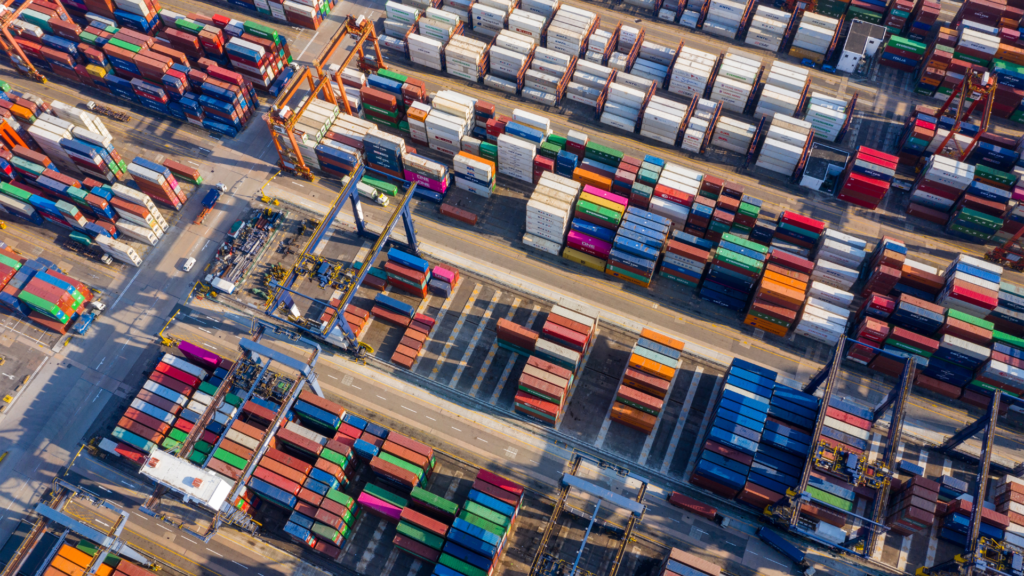New Landscape, Accelerated Decline, China Reopened and eBL’s.
Your weekly All-Ways round-up of supply chain news.
Continuously Changing
The supply chains went through some rough times over Covid. Reflecting back on the whirlwind and catching a break sounds nice, right?
Except, the current market is changing rapidly in ways never experienced before.
On the one hand, rates are returning back to pre-pandemic levels, congestion and delays at the ports are a thing of the past, and contract negotiations are more like what they used to be than they were in the last few years.
But at the same time, the geopolitical environment has radically changed, there has been a major shift in the US political landscape surrounding shipping, and the 2M Alliance will soon dissolve. All of these factors will heavily influence the trajectory of the coming years.
On Edge
Unpredictability is the new normal.
Risk perception is running at an all-time high leaving shippers consistently on edge. This trend can easily be spotted in how shippers diverted cargo to the East Coast to avoid any disruptions because of the West Coast contract negotiations.
With the geopolitical environment in mind, many are considering the risks and implications of what it would mean to source goods from alternative locations.
Changes in the USA
During Covid, a few US carriers were sold to non-US entities causing major US-based carriers to disappear.
OSRA-22 brought about a big shift in the US shipping landscape with its regulations favoring shippers. But there’s speculation that legislators are not done rewriting shipping regulations.
The dissolution of the 2M Alliance has swiftly changed the face of the industry. New consolidations will likely occur as smaller carriers attempt to keep up with the constraints of the alliances and need to reduce costs.
Slight Respite?
January brought about the first month-on-month gain in US imports from Asia since August. This can be attributed to US retailers ramping up their imports ahead of the Lunar New Year as usual.
Imports in the largest US trade lane went up from 1.25 million TEU in December to 1.29 million TEU last month. In January 2022, imports were at 1.66 million TEU. Imports in January 2023 were down 22% year-on-year. The decline accelerated as consumers pull back on spending because of the impending recession.
The West Coast saw an additional decline as shippers diverted discretionary cargo to the East and Gulf Coasts to avoid any potential disruption caused by the labor contract negotiations.
Unfortunately, the market doesn’t seem to show any imminent signs of turning around.

Traveling to China
China has finally reopened for travel. Thinking of jumping on the next plane?
Here’s what you need to know -
All foreign nationals holding visas or residence permits issued prior to March 28, 2020, have been suspended indefinitely.
Business visas, including the 10-year visas, have been revoked as well…
If you intend on traveling to China, make sure that you have all the necessary documentation to avoid issues.
Digital Documents
By 2030, Nine of the top 10 global container lines have committed to fully switching over to exclusively using electronic bills of lading (eBLs) for title of goods. These container lines are members of the Digital Container Shipping Association (DCSA).
The DCSA has been pushing to transition to eBLs for quite some time but the project really garnished interest when the association tested interoperability between eBL platforms and ExxonMobil.
“Digitizing trade is a good idea, but there’s been resistance. Now there’s a commitment, the recognition that if we want to do this, it starts with [the carriers],” said DCSA’s CEO Thomas Bagge.
“There was caution about embarking on eBLs, simply because there wasn’t interoperability,” he said. “Since COVID, we’ve seen a lot more interest. Equally, governments saw they needed to change, and they are allowing for the electronic exchange of docs.”
Many see the initiative as a more efficient way to transfer important documents. Not only would this save $6.5 billion in costs but delivering documents electronically is also more environmentally friendly because it will cut back on printing and shipment.




